Pet birds are becoming popular day by day in urban society. People are keeping pet birds in their house as a source of passion, amusement, pride, and love. Choosing the best birds and keeping them healthy is very challenging for a person due to ignorance. As a pet bird owner, you must have a basic idea of the most common bird diseases. This knowledge will help you to early diagnosis and prevention of the disease and give less trouble during any problem.
Most Common Pet Bird Diseases
Pet birds are suffering from hundreds of diseases but all are not equally important. In my article, I shall list down and discuss the most common pet bird disease for the owner. The common bird diseases are psittacosis, Pro-ventricular dilatation disease (PDD), Polyomaviruses, Psittacine Beak and Feather Disease (PBFD), Candidiasis, Respiratory Tract Infection (RTI), feather plucking, bird flu, gout, and common eye problems.
1. Psittacosis in Birds
Psittacosis is the most common infectious disease of many pet birds caused by bacteria species Chlamydophila psittaci, Chlamydophila avium, and Chlamydophila gallinacean. The disease is zoonotic and transmitted to men and other animals from birds. The other name of the disease is Parrot Fever but affects Macaw, Parakeets, cockatoos, and more than 400 species of birds.
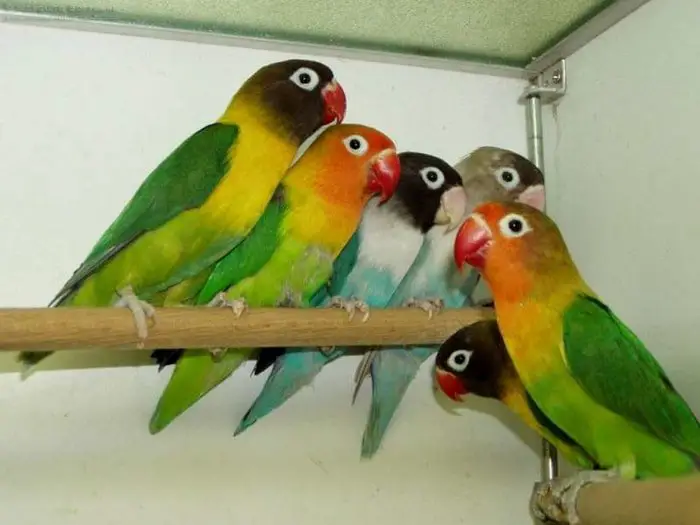
Birds get the infection from direct contact with infected birds or animals. The main symptoms are swollen and puffy eyes, anorexia, lethargy, and weight loss. Doxycycline is the best antibiotic of choice for treatment. You must improve the management of your bird’s house, use disinfectants and avoid contact with wild birds and infected animals.
2. Bird Diseases: Proventricular Dilatation Disease (PDD)
Proventricular Dilatation Disease (PDD) is an infectious disease of pet birds like Amazon Parrot, Macaw, African Grey Parrots. The causal agent of the disease is Avian Bornavirus (ABV), affecting the nerve supplying to the gastrointestinal tract especially the proventriculus and impairs its function. Affected birds show nervous signs that include ataxia, depression, weakness, lack of appetite and weight loss. There is no specific treatment for the disease, only supportive treatment to reduce the pain like anti-inflammatory drugs. You must keep the affected birds from being a healthy one.
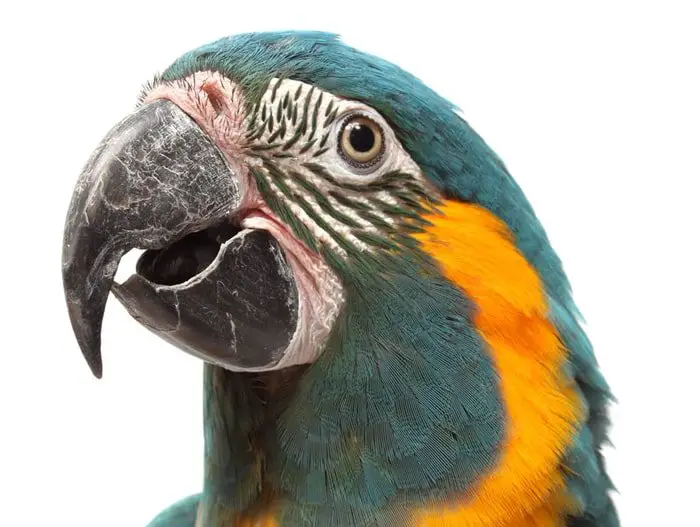
3. Polyomavirus in Birds
Polyomavirus is a fatal infectious disease of pet birds especially young and juvenile parrots. Adult birds are immune to this disease. Birds get the infection from direct contact from infected birds. The signs are loss of appetite, swollen appetite, diarrhea, vomiting, feather abnormalities, difficult breathing, excessive urination, hemorrhage below the skin and ultimately death. There is no specific treatment available for the disease. Maintain the strict hygienic methods, use of disinfectants in cage, utensils, and vaccination may prevent the load of the disease.
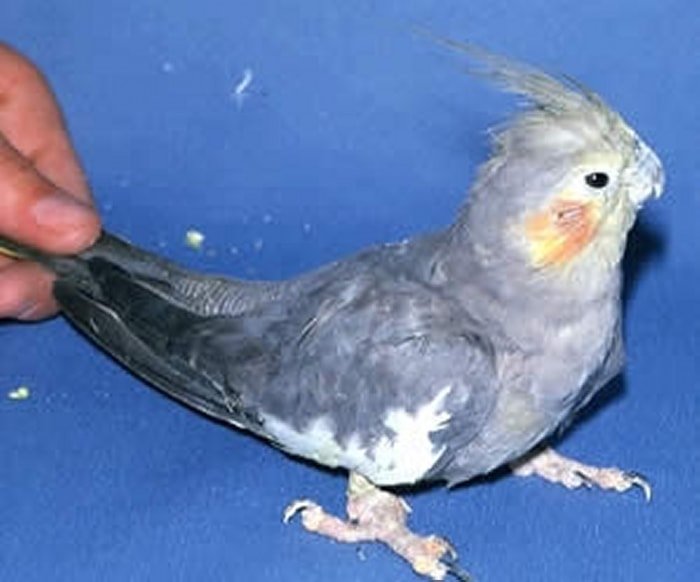
4. Bird Diseases: Psittacine Beak and Feather Disease (PBFD)
Psittacine Beak and Feather Disease (PBFD) is a contagious and deadly viral disease of parrot family caused by a small circovirus (DNA) that affects beak, feather and immune system of birds. The virus also affects budgies, lovebirds, African Grey Parrots, and Eclectus Parrots and more than 40 other bird species. The clinical signs are depression, regurgitation, diarrhea, abnormal feather development, fragile feather, irregular beak, and dropping of mucus.
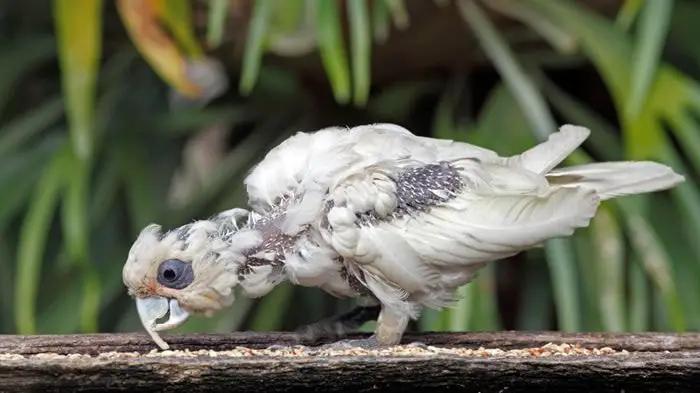
There is no specific available treatment for PBFD. The improvement of nutrition, heat supplement, trimming of the beak, and treatment from secondary infections. You must buy healthy birds from a known source. After purchase, keep your new birds 2-3 weeks in quarantine. In Australia, a killed vaccine is available to protect unexposed birds.
5. Bird Diseases: Candidiasis in Pet Birds
Candida or candidiasis is an infectious disease of birds caused by a fungus Candida albicans, that normally present in the digestive tract of birds. The bird got infected by candida after long term use of antibiotics, steroids, poor sanitation, vitamin A deficiency and in association with other infections. The signs include fluffed feathers, lack of appetite, vomiting, regurgitation, and crop impaction.
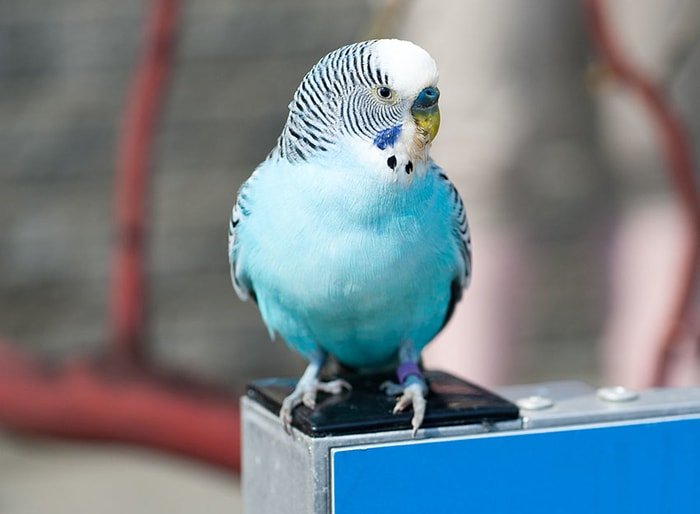
Veterinarians will diagnose candidiasis based on history and clinical signs. Treatment of candida in birds by anti-fungal drugs like flucytosine, ketoconazole, nystatin, and itraconazole. Amphotericin B ointment is recommended for skin and oral infections. To prevent candidiasis, you must improve hygiene, avoid long term antibiotic use, supply balanced ration, and reduce the stress.
6. Respiratory Tract Infection (RTI) in Birds
RTI is one of the most common pet bird diseases which affects the lung, chest, sinus, and eyes of birds. The causes are RTI in birds are many such as bacteria ( Infectious Coryza, Psittacosis, Mycoplasma), viruses (Avian Influenza, Newcastle, Fowl Pox, Infectious Laryngotracheitis), Aspergillosis, parasites (Gape-worm, Syngamus, Trichomoniasis), few allergens, vitamin A deficiency, and cancer or tumor in the trachea.
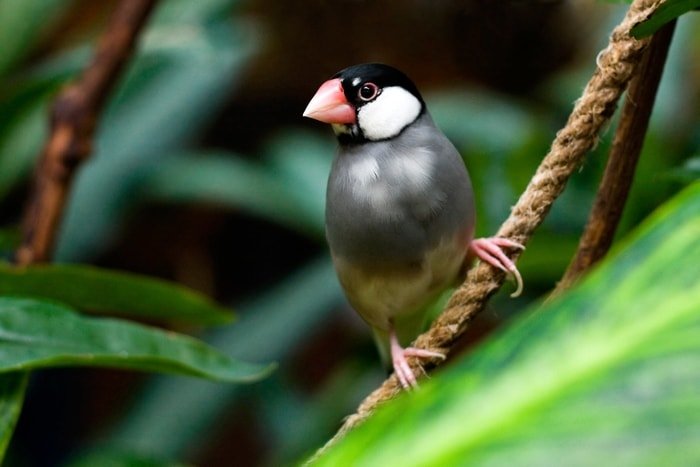
The disease is identified by sneezing, coughing, difficult breathing, nasal discharge, dehydration, lethargy, and death. Treatment of RTI depends on the identification of the causal agent. Early diagnosis and treatment will facilitate the recovery of pet birds. Vaccines are also available for a few viruses and bacteria. Improved management, adequate nutritional supplement, and care reduce the incidence of the disease in birds.
7. Bird Diseases: Feather Plucking
Feather Plucking or picking is a very common problem in pet birds. The feather plucking means the bird itself plucks or picks its own feather by the beak. The common causes of infection in skin and mouth, external and internal parasites, few allergens, behavioral problems, genetic causes, loneliness, and many more. The managemental measures that may reduce feather plucking are reduced stress, give adequate space to your pet bird, supply a balanced diet, give him companionship and a little medical treatment.
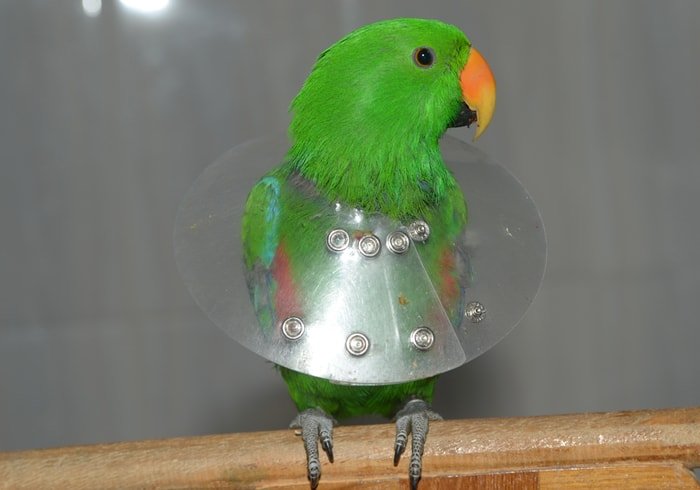
8. Common Eye Problems in Birds
Eye problems are very common in pet birds. The common types of eye problems are conjunctivitis, uveitis, cataract, Marek’s disease, Avian pox, and vitamin A deficiency. Eye problems occur due to bacteria (Salmonella), viruses, fungus, parasites, and nutritional deficiencies. Eye problems may arise from the consequence of a few other diseases like Infectious Coryza, Psittacosis, etc.
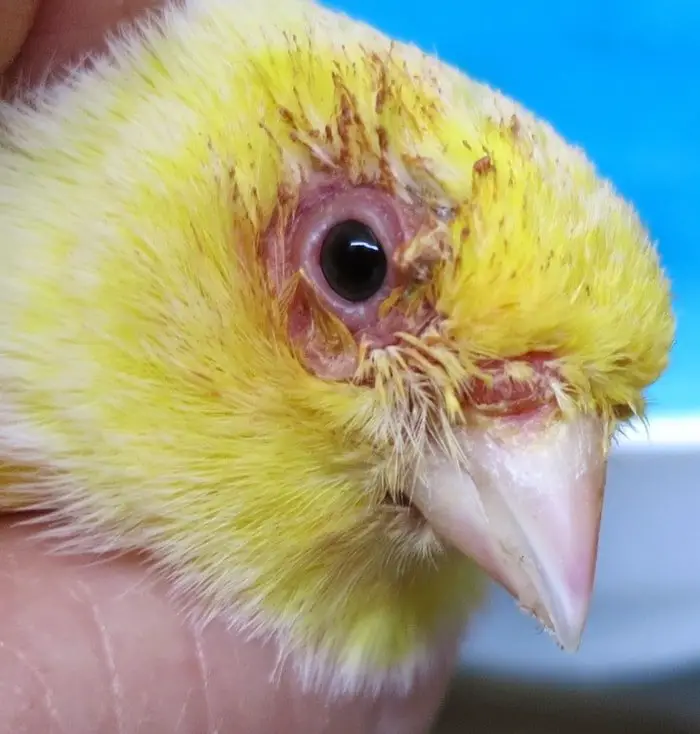
The clinical signs of eye problems are redness and swelling of the eye, lacrimation, deposition of dust waste materials in eye, difficult vision and blindness. The identification of causes is very important for proper treatment. Antibiotic eye drops like Chloramphenicol are used to treat the problems. Vaccination against Fowl Pox prevents the occurrence of the disease.
9. Avian Influenza/Bird Flu
Avian Influenza or Bird Flu is the most common viral disease of birds caused by the Avian Influenza virus. The disease is zoonotic and infects humans from birds and is called Bird Flu. The Highly Pathogenic Avian Influenza(HPAI) virus strain H5N1 affects human beings and causes flu-like symptoms. In birds, the disease causes respiratory problems, reduced production, and sudden death. There is no treatment available for the disease. Vaccination and reducing contamination from wild birds is the preventive measure of Bird flu.
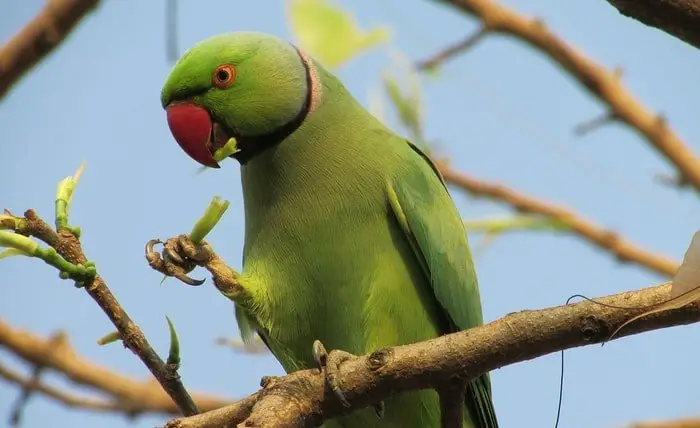
10. Gout in Birds
Gout is one of the most common diseases of pet birds. Gout is the result of renal disease in birds. Normally the uric acid is excreted through the kidney. When there is a disturbance in the excretion process, these uric acid deposited in the body is both tissues and joints. The gout is of two types like visceral gout and articular gout. The causes of gout are excessive protein in the diet, renal failure, urolithiasis, dehydration, viral infections like Influenza Type-A, nephritis virus, nephrotoxins, exposure to heavy metals and high calcium in diets.
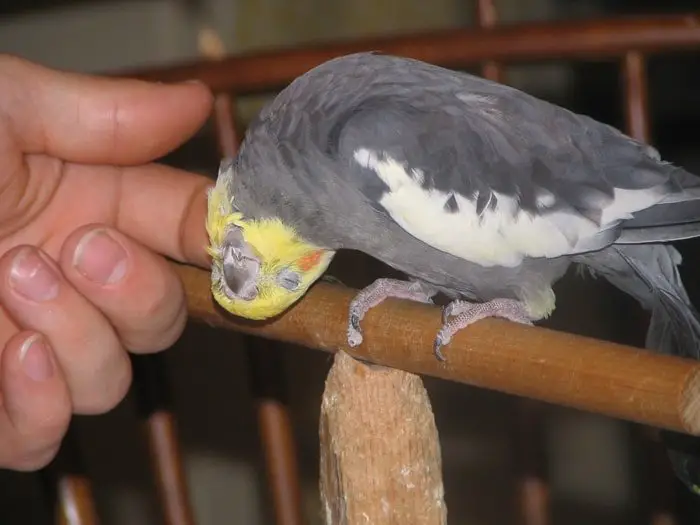
Final Advice in Pet Bird Disease
Prevention is better than control in all bird diseases. Most of the diseases can be prevented early by taking adequate measures like vaccination, improves the management, healthy and balanced diet and regular check-up by an experienced vet. As a pet bird owner, you must be cautious and notice any abnormalities immediately.